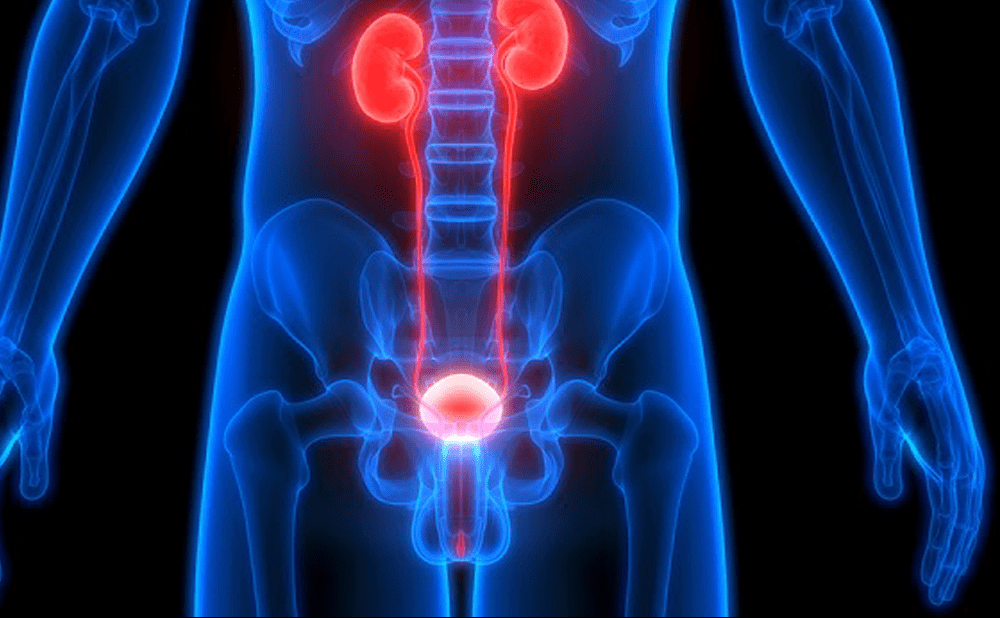Description
Urinary Anti Infective Agents: Sign and symptoms of UTIs
The urinary tract is a pathway that carries urine from the kidneys to the bladder and out of the body. It consists of two tubes–the ureters, which carry urine from the kidneys to the bladder, and the urethra, which carries it through for elimination. Therefore, the urinary tract is susceptible to bacterial infections caused by various organisms such as Escherichia coli (E. coli), Enterococci species, Klebsiella species, Proteus Vulgaris (P. Vulgaris), Pseudomonas aeruginosa (P. aeruginosa) and Staphylococcus saprophyticus (Ss).
Urinary anti-infectives, also called antibiotics, are a type of medication that is used to treat infections in the urinary tract in both men and women. Urinary tract infections or UTI’s are very common. UTIs can be caused by various factors, including sexual intercourse, using a catheter for urine collection, or when bacteria reach the urethra and bladder from the vagina, and certain medications to treat other conditions. Symptoms include pain while urinating, the urgency to go even though the bladder is not full, a burning sensation when urinating and fever. In order to avoid these symptoms, it is important that you drink plenty of water (8 glasses per day), Get plenty of exercises (30 minutes/day) and don’t hold it too long before going. In addition, Try cranberry juice or cranberry extract tablets for relieving symptoms. If your symptoms persist, then please speak with your health care provider about getting treatment right away.
Pharmapk is committed to producing the highest quality medicines. We know how critical our standards are maintained; therefore, each batch leaves Pharmapk’s facility with a rigorous inspection from top to bottom before being shipped out for sale or resale elsewhere, and availability can be found no matter where you live in this world! Maintaining low cost on Urinary anti-infectives ( antibiotics) has been one area we’ve focused heavily upon over time as well: while many other companies may charge more than double what we do here at Pharmapk.
Some commonly used urinary anti-infectives and how they work.
Chances to get Urinary tract infections are more in women than men. Many people are aware that Urinary anti-infectives are effective against bacterial infections, but not everyone may know they also have the power to treat urinary tract infections. Many different types of urinary anti-infectives can be used to treat UTIs. Some most common types of urinary anti-infectives and how they work will are discussed below.
The first type is called Nitrofurantoin, which works by preventing bacteria from producing proteins needed for growth. The second type is Trimethoprim-Sulfamethoxazole, which destroys or prevents bacterial production of folic acid needed for reproduction. Thirdly, Ciprofloxacin prevents bacterial replication by inhibiting DNA synthesis. The fourth type is called Cephalexin, which works by disrupting the cell membrane of bacteria and inhibiting its production of certain proteins. The fifth type of antibiotic is called Amoxicillin, which works by inhibiting certain enzymes essential to bacterial reproduction. Sixth is Tetracycline, and it inhibits protein synthesis by binding to the 30s subunit of bacterial ribosomes.
Finally, it is called Rifampin and works by inhibiting DNA-dependent RNA polymerase.
Side effects and risks involved with urinary anti-infective drugs
These Urinary anti-infectives can be prescribed in different doses and taken orally, intravenously, or through a catheter. However, patients need to know which antibiotics they should avoid taking with other medications because some drugs could cause serious side effects when taken together.
Urinary anti-infectives come with a variety of side effects and risks, such as the increased risk for kidney problems, diarrhoea, nausea, vomiting and stomach pain. Some patients may also experience headaches, dizziness and skin reactions like rashes or itching.
Dosage guide and strength
Nitrofurantoin dosage strength
Oral Suspension
- 25mg/5ml oral suspension, 5ml of oral suspension contains 25mg nitrofurantoin.
Dual Release capsule (monohydrate/ macro crystals)
- 100mg dual-release capsule contains 100mg nitrofurantoin per capsule.
Capsule (macrocrystal)
- 25mg capsule contains 25mg nitrofurantoin per capsule.
- 50mg capsule contains 50mg nitrofurantoin per capsule.
- 100mg capsule contains 100mg nitrofurantoin per capsule.
Nitrofurantoin dosage guide
Effective against suspectable strains of Escherichia coli, Enterobacter spp, Klebsiella spp, Staphylococcus aureus, and S saprophyticus.
50-100mg Capsule (macrocrystal) or oral suspension 4 times a day for at least a week or 3 days in case of urine becomes sterile.
100mg Dual release capsule every 2 hours for a week.
Ciprofloxacin dosage strength
Oral Suspension
- 250mg/5ml oral suspension, 5ml of oral suspension contains 250mg Ciprofloxacin.
- 500mg/5ml oral suspension, 5ml of oral suspension contains 500mg Ciprofloxacin.
Extended-release tablets
- 500mg extended-release tablet contains 500mg ciprofloxacin per tablet.
- 1000mg extended-release tablet contains 1000mg ciprofloxacin per tablet.
Immediate-release Tablets
- 100mg immediate-release tablet contains 100mg ciprofloxacin per tablet.
- 250mg immediate-release tablet contains 250mg ciprofloxacin per tablet.
- 500mg immediate-release tablet contains 500mg ciprofloxacin per tablet.
- 750mg immediate-release tablet contains 750mg ciprofloxacin per tablet.
IV solution.
- 200mg/100ml IV solution, 20ml of IV solution contains 100mg Ciprofloxacin.
- 200mg/20ml IV solution, 20ml of IV solution contains 200mg Ciprofloxacin.
- 400mg/40ml IV solution, 40ml of IV solution contains 400mg Ciprofloxacin.
- 400mg/200ml IV solution, 200ml of IV solution contains 400mg Ciprofloxacin.
Ciprofloxacin dosage guide
Acute UTI; Immediate release tablet 250mg every 12 hours for 3 days or 500mg extended-release tablet every 24 hours for 3 days.
Mild UTI; Immediate release tablet 250mg every 12 hours or 200mg IV solution every 12 hours for 1-2 weeks.
Severe UTI; Immediate release tablet 500mg every 12 hours or 400mg IV solution for every 12 hours for 1-2 weeks.



Reviews
There are no reviews yet.